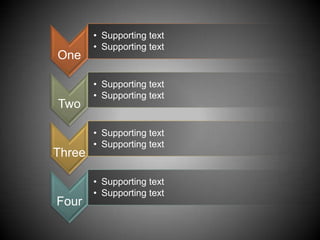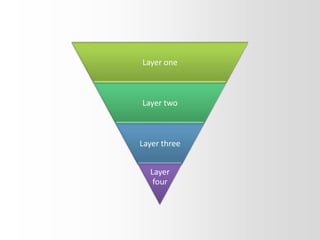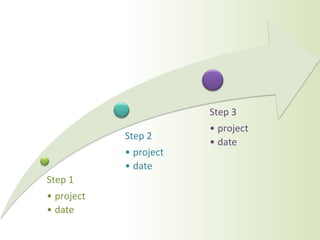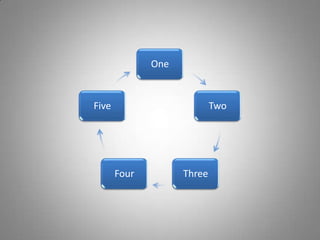SmartArt graphics allow users to create process diagrams and organizational charts that include animation effects. These diagrams can showcase hierarchical relationships and workflow processes in an easy to understand visual format. SmartArt provides different graphic layouts and designs that can be customized and formatted to clearly convey essential information and concepts within a document.


























